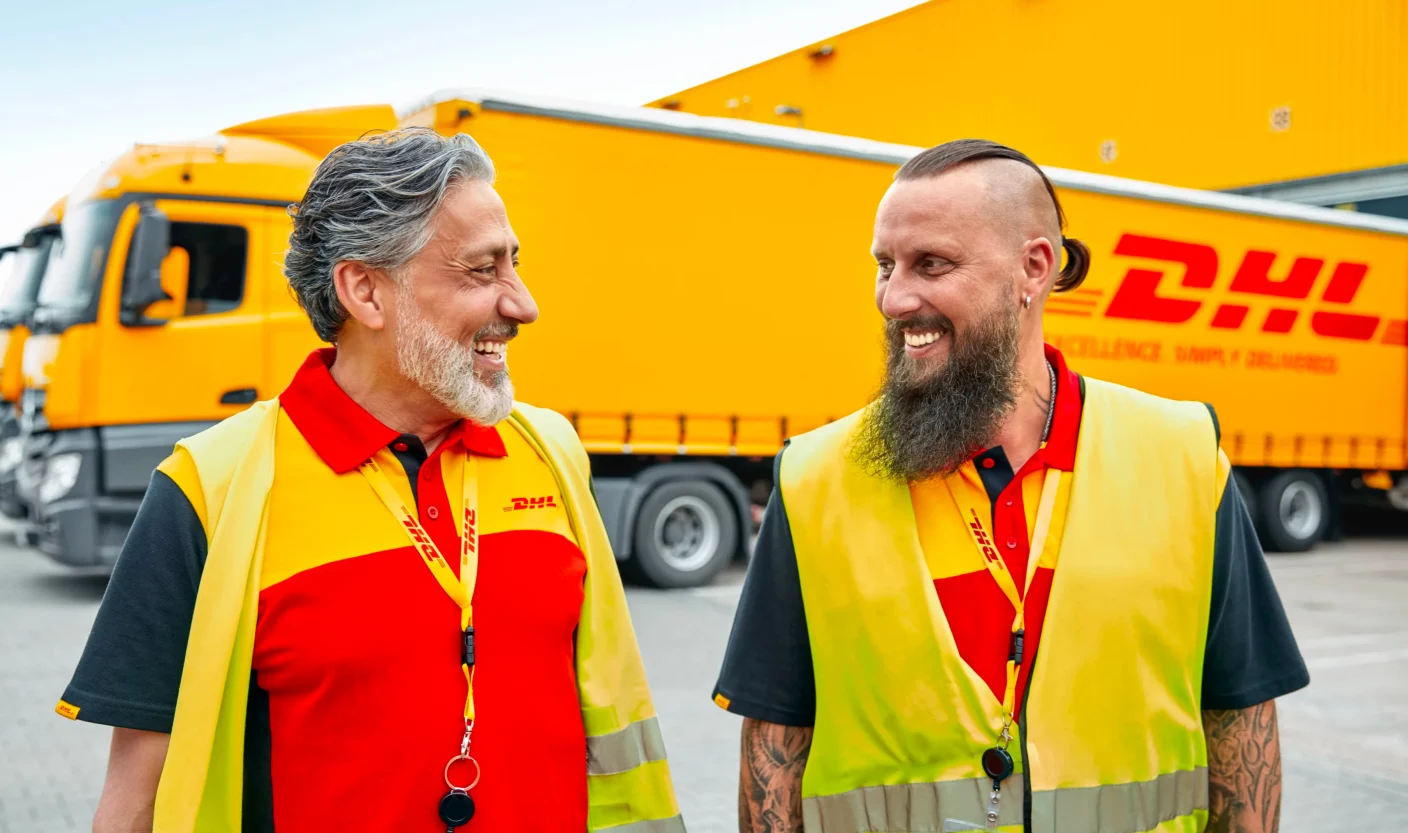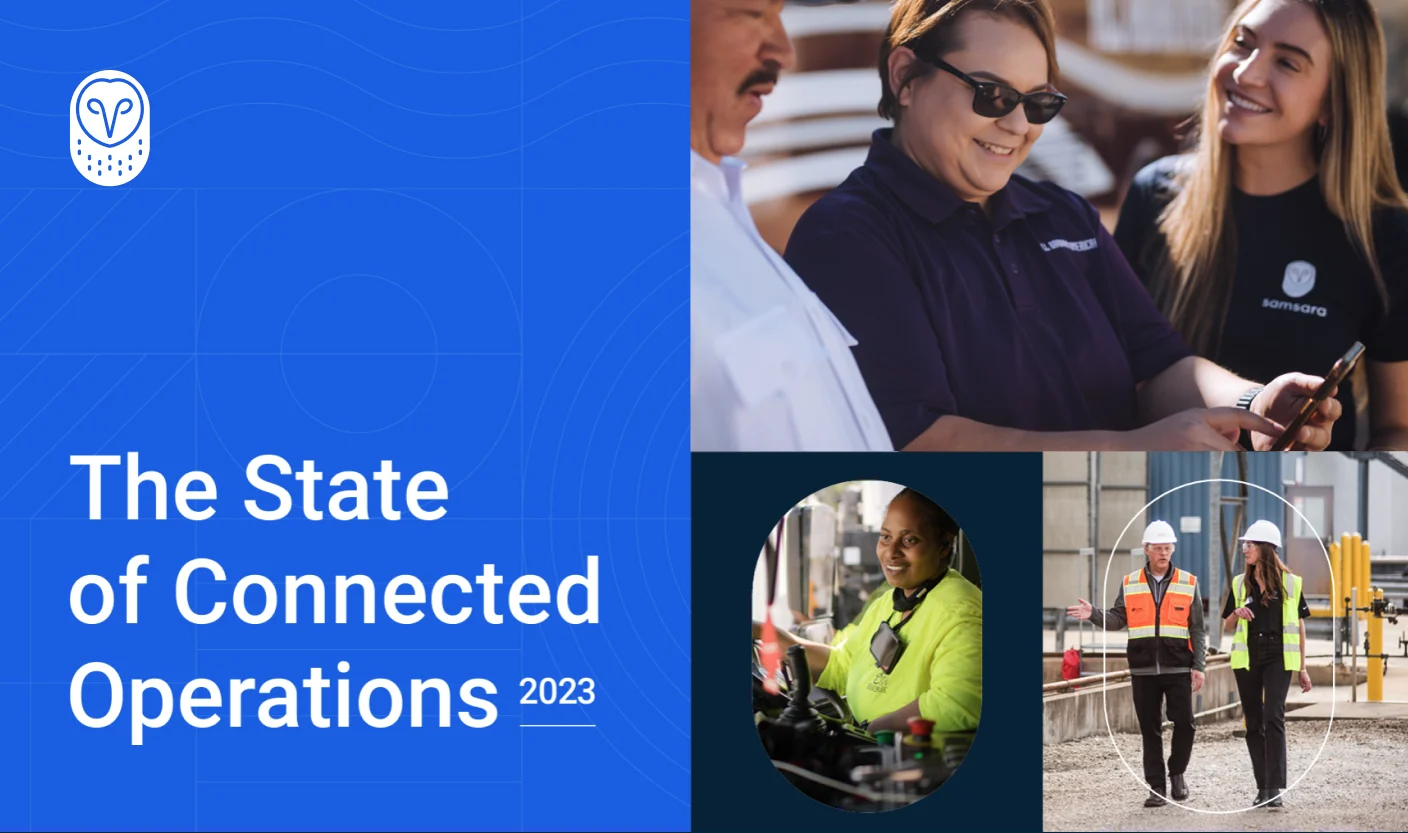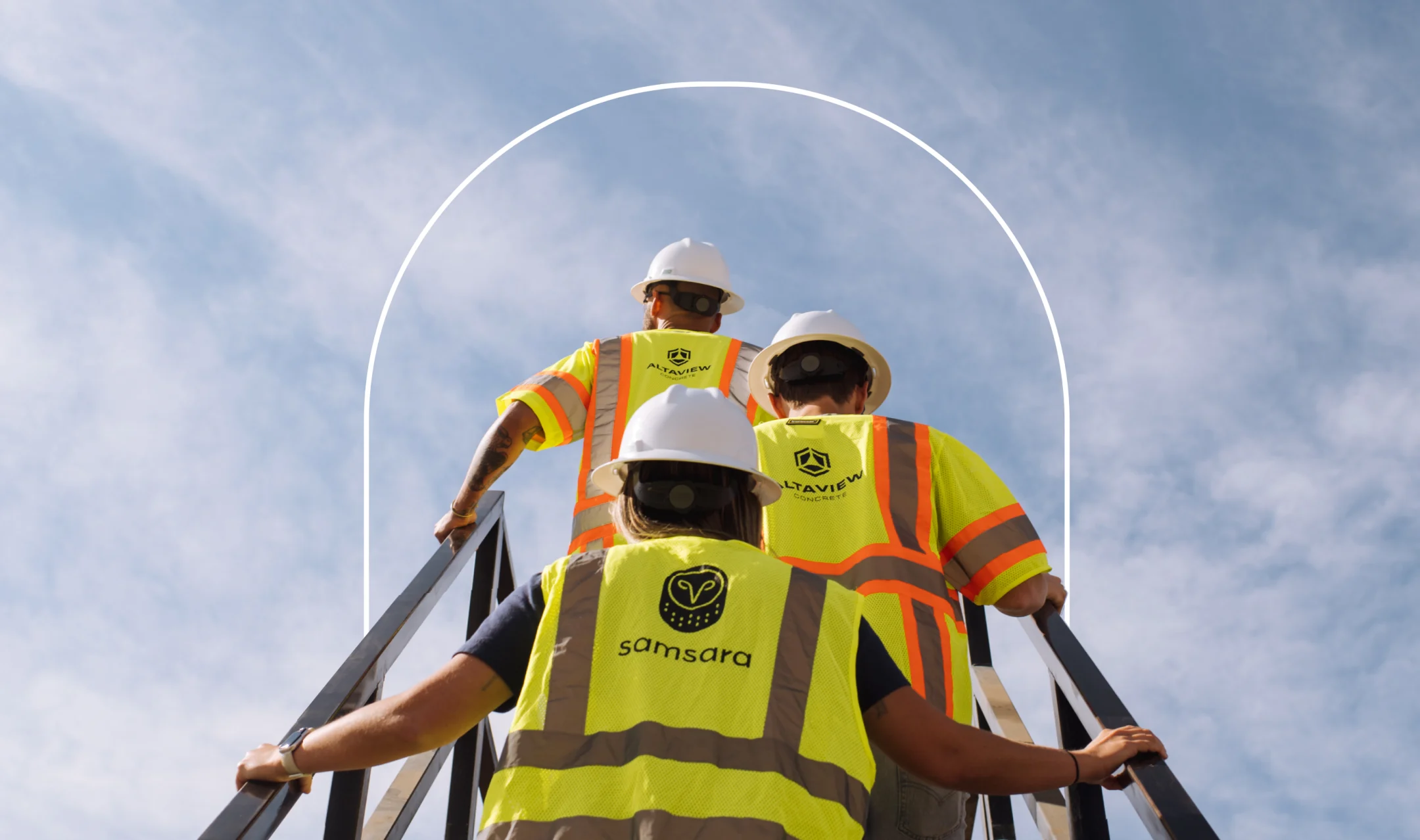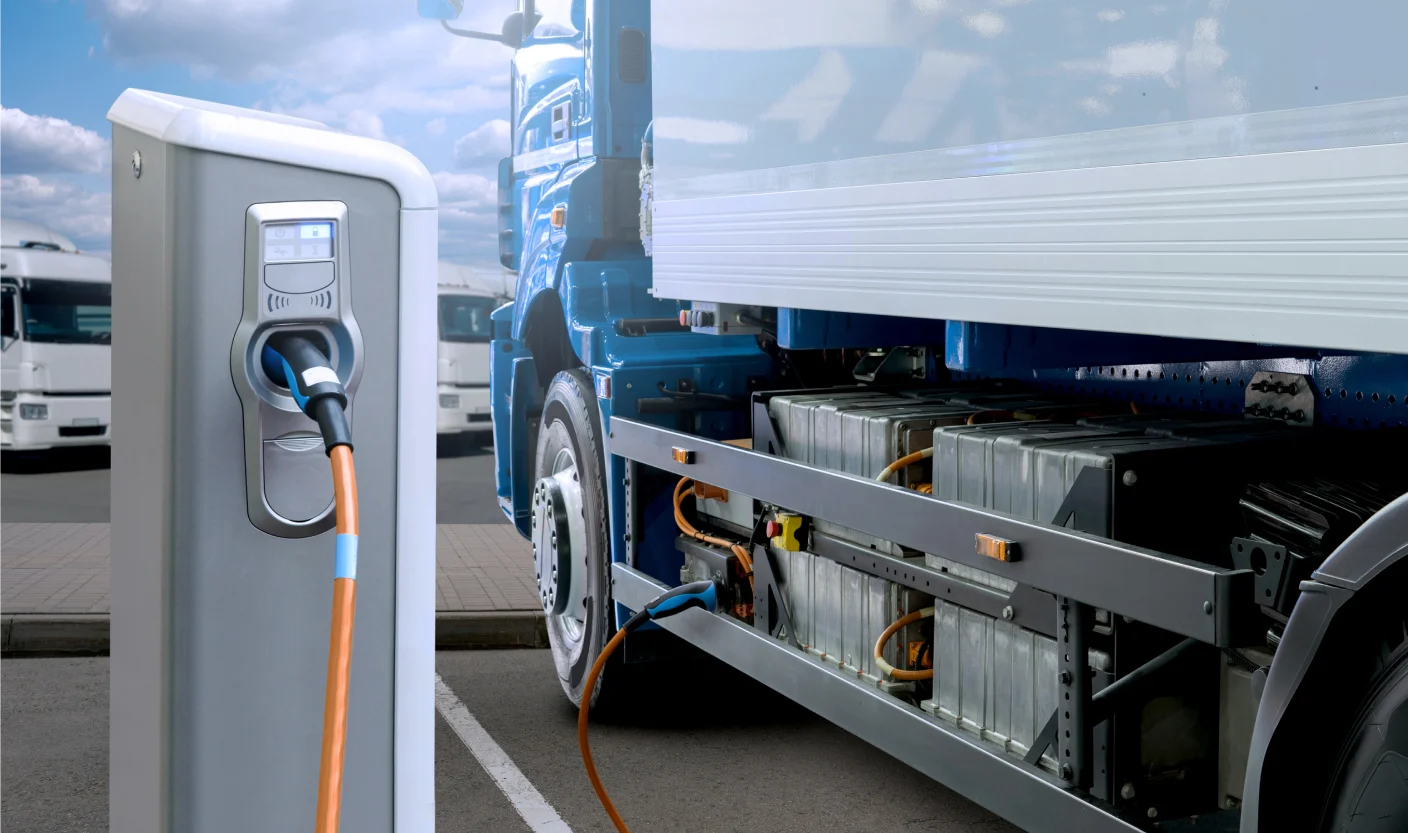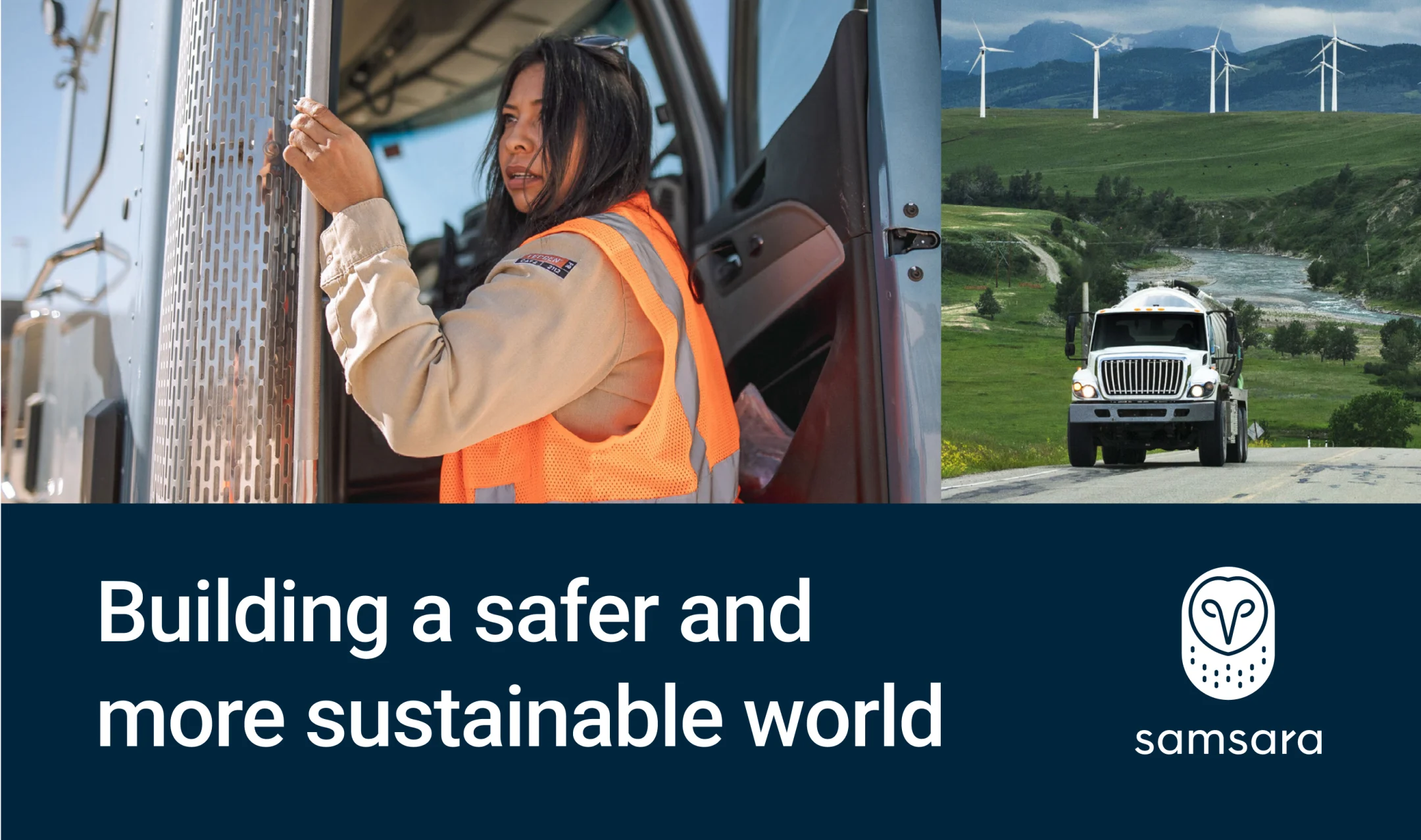Plant Safety: Common Risks and Tips to Keep Workers Safe
December 15, 2022
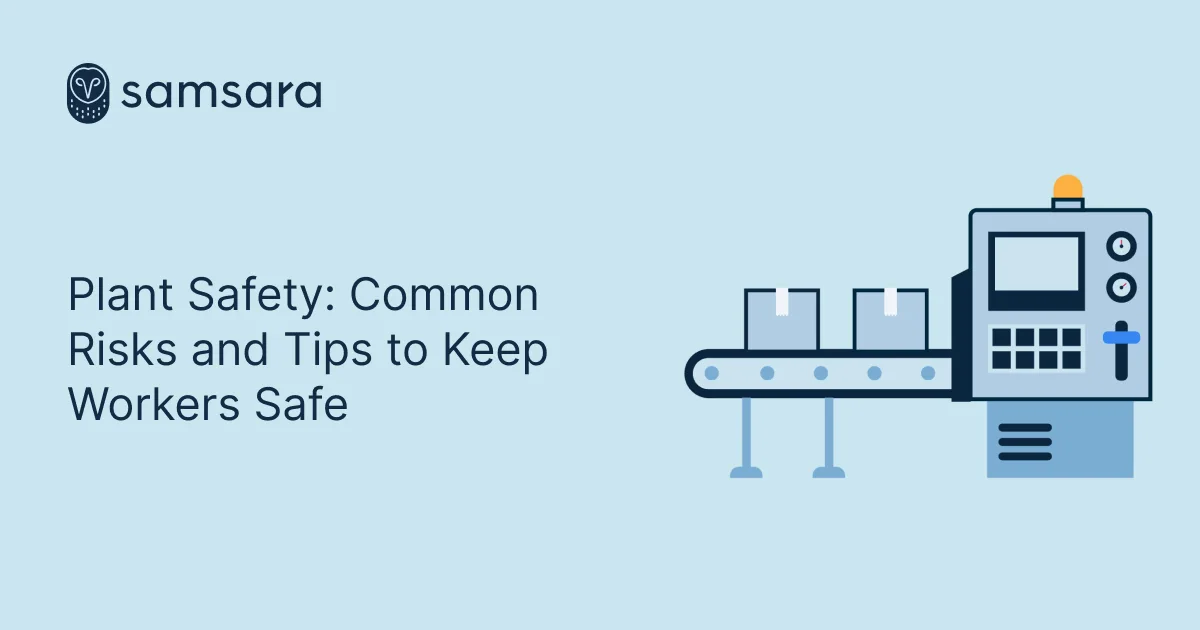
Get Started with Samsara
Check Our PricesKey Takeaways
Manufacturing plants are among the most dangerous workplaces, which is why a persistent focus on safety is critical. In this guide, you'll learn about the top plant safety risks for manufacturers, best practices to improve safety, and how Samsara’s Site Visibility solution can help you proactively identify hazards and prevent injuries.
Manufacturing is often treated as a single industry, but it's made up of a diverse range of businesses that produce everything from airplanes to zippers. These companies may be unique, but they all have one thing in common: the need to create a safe working environment.
It's easy to understand why. In 2020, 312,000 manufacturing workers suffered on-the-job injuries, second only to health care workers. The cost of those accidents adds up: The U.S. manufacturing industry loses nearly $8.42 billion a year to serious, nonfatal workplace injuries.
Plant safety continues to be a critical priority for manufacturers. In this guide, you'll learn about the top risks for manufacturers, best practices to improve safety, and how Samsara’s Site Visibility solution can help you proactively identify safety risks and prevent serious injuries.
What are the most common safety hazards in a manufacturing plant?
The Occupational Safety and Health Administration (OSHA) has been remarkably effective in helping manufacturers lower the rate of workplace-related injuries. Workplace injuries have declined by 40% since 1970.
Despite these improvements, OSHA still issued more than $145 million in penalties for safety infractions in a single year. Here are the top five most-cited areas for safety violations across general industry:
Respiratory protection: Employers must provide respirators and provide instruction on how to use them properly. Respirators and other forms of personal protective equipment (PPE) help protect workers from harmful dusts, fogs, smokes, mists, gases, vapors, and spray that can cause injury or even death.
Hazard communication: Manufacturers that handle hazardous materials must provide a hazard communication ("hazcom") program to inform workers about the risks of the materials they may handle, as well as how to protect themselves.
Control of hazardous energy: Employers that use energized equipment must have lockout/tagout (LOTO) practices and procedures to ensure equipment is safely turned off.
Powered industrial trucks: Commonly called forklifts or lift trucks, powered industrial trucks are among the most useful and common pieces of equipment in a plant. Employers must ensure that workers are old enough and trained to operate them.
Machinery and machine guarding: Employers must ensure that any machine part, function, or process that may cause injury is safeguarded.
What are OSHA's plant safety regulations?
OSHA has developed numerous safety measures for different types of manufacturers, from battery makers and chemical producers, to food processing plants and lead smelters, among many others. You can explore OSHA's website for more information regarding regulations and safety procedures for your specific industry.
One specialized safety area that manufacturers should pay particular attention to are OSHAsafety rules that cover confined spaces. For example, a tank, vault, or the interior of a machine that needs maintenance.
There are two types of confined spaces: non-permit confined space, which is a confined space that does not contain any hazard; and a permit-required confined space, which may have a hazardous atmosphere, can potentially trap workers inside, or has any other recognized serious safety or health hazard. Employers should take extra care to train workers about safety standards for confined spaces.
Tips to improve workplace safety at your plant
Strong OSHA compliance is important, but manufacturers that succeed in raising the bar for safety at their production facilities follow best practices, including these:
Designate a manager or team to oversee environment, health, and safety (EHS)
Although safety is everyone's responsibility, having a person or a team of people to think about your safety management system in a holistic, long-term way will help ensure that safety programs are high quality and effective. EHS professionals can also conduct regular audits and risk assessments to keep safety training up to date.
Create a culture of safety
A culture of safety goes beyond a safety checklist and instead becomes a safety-focused mindset that employees bring to their worksites every day. To create a culture of safety, manufacturers should get worker buy-in on safety programs and initiatives. This not only boosts compliance, but also improves morale and the mental health of workers on the job.
Invest in technology to keep workers safe
For manufacturers, especially those with large and complex operations, getting visibility into potential hazards can be challenging. Here's where technology can help. Cameras can provide visibility across your operations, and AI can be used to detect safety risks before they cause injuries or fatalities.
Learn how Samsara Site Visibility can improve plant safety
As manufacturers look to make plants safer, onsite cameras and AI-video are important tools that can help quickly improve safety. For example, Samsara Site Visibility allows EHS professionals to access footage at any time from anywhere. With intelligent detection and alerting, Samsara also enables managers to identify and resolve incidents faster and spend less time monitoring footage.
Moreover, Samsara's Site Visibility solution can be used to set granular user permissions so more authorized stakeholders can access footage, view what they need, and help support a culture of safety within their organizations. In one example, Aunt Millie's, a large bakery with more than 60 locations, granted access to more than 50 supervisors and managers, providing more opportunities for coaching, collaboration, and boosting workplace safety.
If you're interested in knowing more about how Samsara can benefit safety at your manufacturing plant, contact our team today to learn more or get a free trial.
Learn more about Site Visibility

